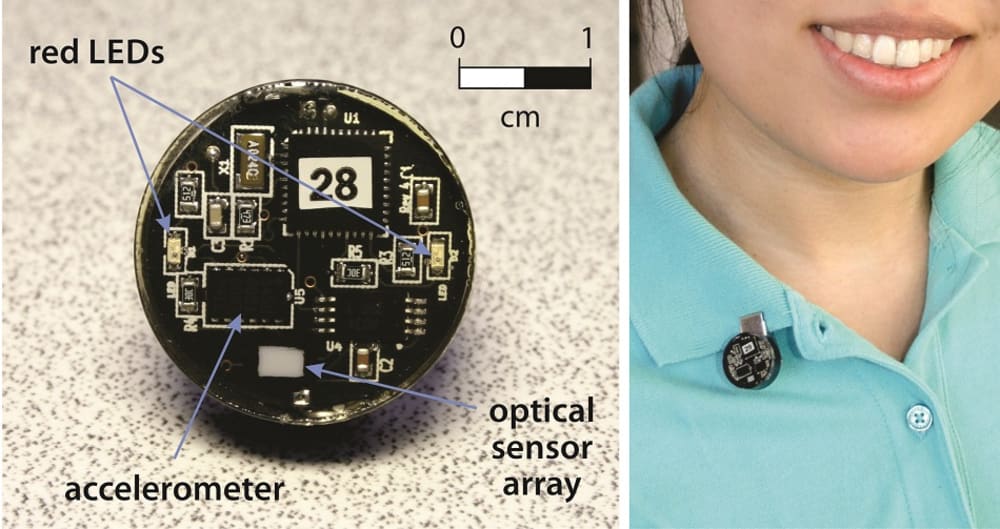
The Lighting Research Center (LRC) at Rensselaer Polytechnic Institute recently developed a research tool — the Daysimeter — for measuring personal circadian light exposures and activity levels. Through use of the Daysimeter and associated software, LRC researchers are able to interpret light as a stimulus to the circadian system, quantify circadian disruption, and prescribe light treatments for adjusting circadian phase to mitigate symptoms of Alzheimer's disease, seasonal affective disorder, jet lag, and sleep deprivation. LRC researchers are using the Daysimeter to investigate the relationship between light exposure and performance — improving performance through circadian entrainment.
Circadian rhythms repeat approximately every 24 hours and affect biology at every level. Light is the main stimulus that helps the circadian clock, thus circadian rhythms, synchronize with the solar day. Humans need to experience the right quantity, spectrum, timing, duration, and distribution of light for our biological clocks to remain synchronized with the solar day to avoid decrements in health.
Lighting characteristics that are effective to the circadian system are different than those effective to the visual system. The Daysimeter is the first and only tool of its kind that measures light as it impacts the visual system and light as it impacts the circadian system.
The Daysimeter is a small, unobtrusive, inexpensive data logging device that records light and activity levels continuously over many days. It is a self-contained, battery-powered, electronic device that collects light exposure and activity levels of the wearer and downloads that information to a personal computer. It can be pinned to a shirt collar, lapel, hat, or fashioned into a wristband, necklace pendant, or glasses clip.
The Daysimeter is calibrated in terms of the spectral sensitivities of the visual and circadian systems. Light sensing is performed with an integrated circuit (IC) sensor array that includes optical filters for three measurement channels: red (R), green (G), and blue (B). A monolithic IC accelerometer measures accelerations in each of three planes. It can be deployed for subsequent data download and analysis for continuous usage for up to a month.
The Daysimeter's small size enables researchers to examine light/dark and activity/rest patterns in groups who show circadian sleep disorders, such as Alzheimer's disease patients. Currently, Alzheimer's disease patients receiving lighting interventions designed to improve rest/activity patterns and increase sleep efficiency are wearing the Daysimeter. The device helps to determine light/dark and activity/rest patterns before and after the lighting intervention, which was designed to maximally affect the circadian system during daytime hours. Phasor analysis, which examines the relative timing and amplitude of the light/dark cycle and activity/rest patterns recorded by the Daysimeter, is used to quantify and describe circadian entrainment. The Daysimeter also provides researchers with an objective measure of light exposure levels. Finally, the RGB channels enable researchers to measure the chromaticity of light sources experienced throughout the deployment period.
By quantifying the amount of light that people are exposed to, LRC researchers are able to gain valuable insights into how the disruption of circadian rhythms affects human physiology, behavior, and disease.
-
Awards
-
 2013 Top 100 Entries
2013 Top 100 Entries
Like this entry?
-
About the Entrant
- Name:Mark Rea
- Type of entry:teamTeam members:Mark Rea, Mariana Figueiro, Andrew Bierman [Lighting Research Center]
- Patent status:none








